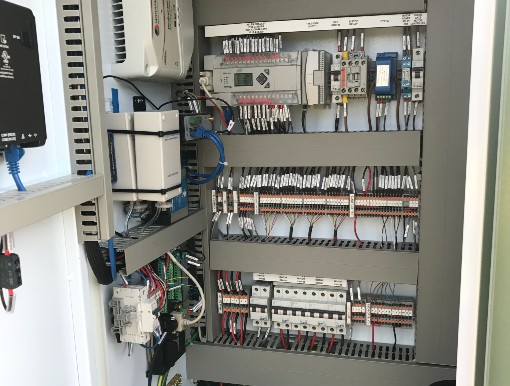Remote tidal gate automation for environmental rehabilitation

Client: University of Adelaide
Location: St Kilda / South Australia
Date: 2017 - 2018
Supporting the restoration of degraded coastal ecosystems in South Australia with monitoring solutions and automated tidal gates
Background
Dry Creek salt field (north of Adelaide) is an area of human-introduced evaporation ponds spanning approximately 5000 ha. Salt production operations in the ponds began in the late 1930s and stopped in 2013, with parts of the site becoming used for alternative purposes. However, the former land use significantly degraded the coastal ecosystem.
A potential environmental management option identified for the site proposed restoring tidal connections to transition the land back to a natural salt marsh / mangrove ecosystem. However, this restoration option posed significant risks associated with exposing the hypersaline water, precipitated salt, and sulfidic materials – all environmental hazards – to adjacent important aquatic ecosystems and marine reserves.
This risk needed to be carefully managed through the design, operation and control of a controlled tidal connection solution. A 38 ha pond (XB8A) was identified for a controlled tidal inundation trial.
Solution
A controlled tidal connection solution comprising 4 pipes of 1.2 m diameter and operable tidal gates through a levee bank was designed and installed by other contractors.
Entura was then engaged to design, procure, build, deploy, integrate, test and commission the electrical, automated control and remote monitoring systems associated with the operable tidal gates.
There were several key factors for Entura’s Water Management Team to consider when devising a solution for our client. The electrical and power infrastructure had to be able to withstand the harsh saline environment, and the system had to be able to operate independent of mains power (i.e. off-grid, using a combination of solar PV generation and battery storage).
An automated control system was designed to monitor water quality and tide level to determine the desired gate operation and to be able to relinquish automated control to an operator when required. Several fail-safe provisions (including a local emergency override) were implemented and managed closely with the Environmental Protection Authority (EPA) and other stakeholders to minimise and manage risk of harm to adjacent aquatic ecosystems and marine reserves.
Remote monitoring of the system’s status and operation was enabled using Entura’s own Ajenti Data Management System (ADMS), a web-based data hosting and visualisation software. This gave the client autonomy over the system with a clear visualisation of its operations.
Services provided
- scoping
- electrical and electronic engineering design
- procure, build, simulate and test
- deploy, integrate and commission
- training
Outcome
Our carefully designed and successful solution helped our client achieve several key environmental benchmarks for the trial tidal pond. These included successful restoration of a tidal connection for pond XB8A, which went on to experience regular wetting and drying cycles driven by natural tide variations. Additionally, the salinity of the pond was restored to the same conditions as the nearby seawater, allowing the return of several invertebrate species and native vegetation. This in turn enabled the rehabilitation of the intertidal mudflat habitat, which is used by local and migratory shorebirds.





